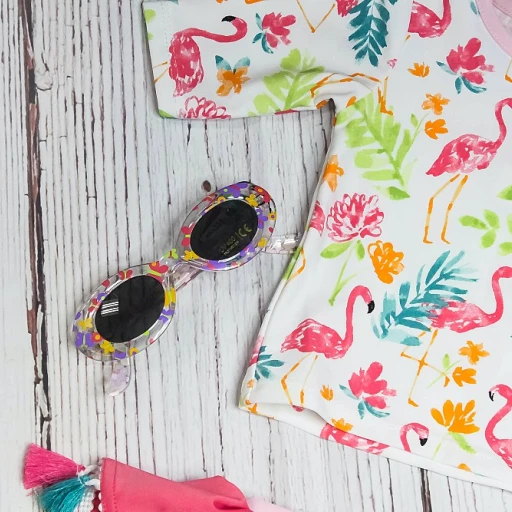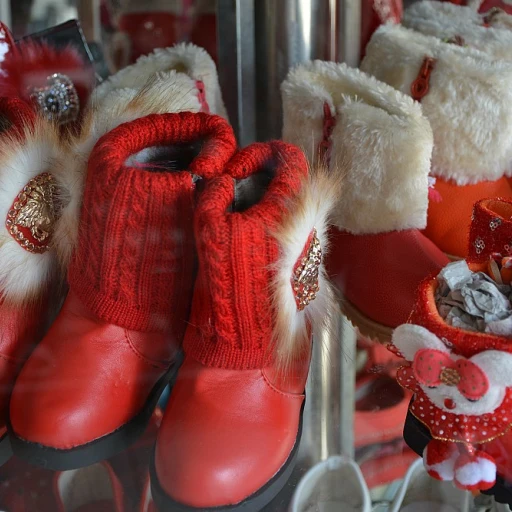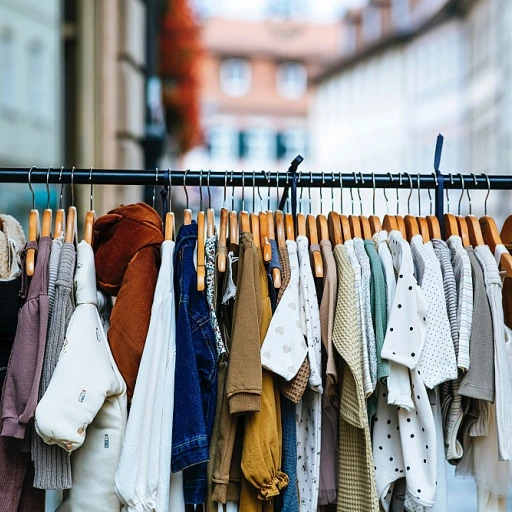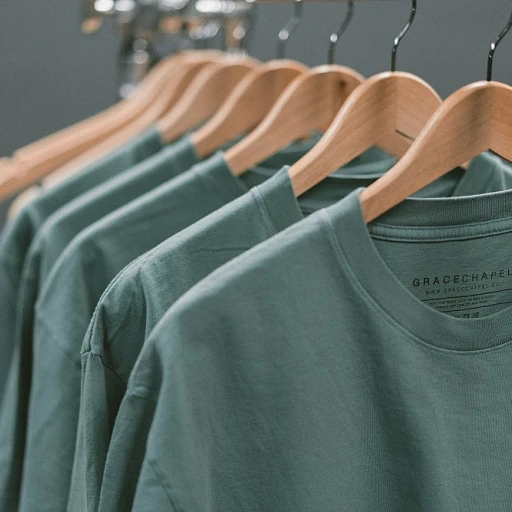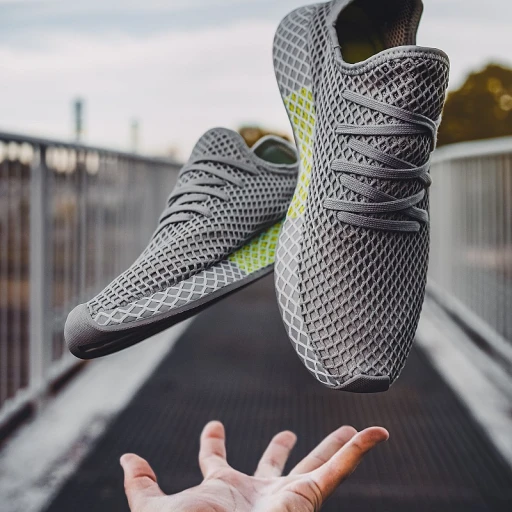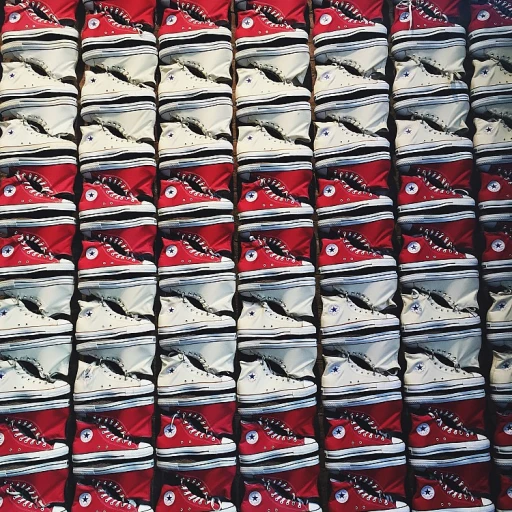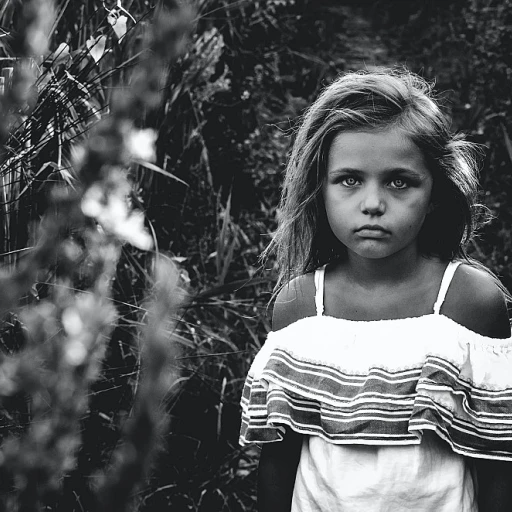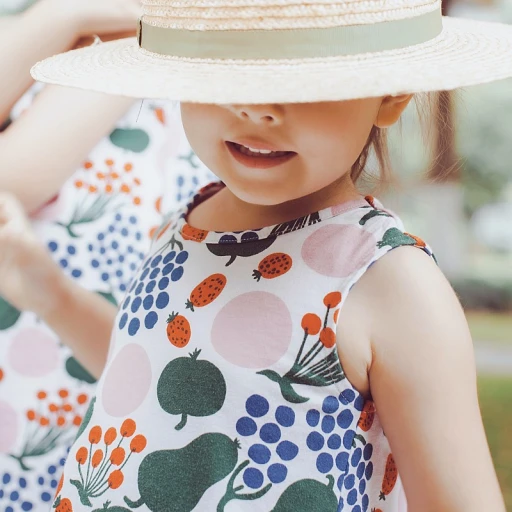
Understanding the kids fashion market
What Makes Kids Fashion Unique?
The world of kids fashion is vibrant, ever-changing, and full of creativity. Unlike adult clothing, children clothing is influenced by comfort, practicality, and playful designs. Parents and caregivers look for items that are not only stylish but also durable and easy to care for. This is why baby clothes and kids clothing often feature soft fabrics, fun prints, and practical fastenings. When you plan to sell kids clothes online or at a local yard sale, understanding these unique qualities will help you choose the best items to offer.
Trends and Demand in Children Clothes
Children’s fashion trends are often inspired by popular culture, seasons, and even social media. For example, certain colors or patterns can become must-haves overnight. Staying updated with these trends can give your online store or business an edge. Some of the best-selling products include branded baby clothing, eco-friendly items, and limited-edition collections. Parents are also looking for free resources, such as a pink cashmere cardigan for stylish children, to inspire their next buy or sale.
Why Parents Buy and Sell Kids Clothes
- Kids grow fast, so their clothes are often outgrown before they are worn out.
- Many parents want to buy sell or exchange gently used items to save money and reduce waste.
- Online consignment and selling baby clothes online make it easy to reach a wider audience.
- Some families turn selling kids clothing into a small business or side hustle.
Key Factors for Success in the Kids Clothing Market
To be successful in selling kids clothes, you need to understand what parents value most: quality, price, and style. Offering a mix of new and gently used children clothes, clear product descriptions, and high-quality photos will help your items sell faster. Timing is also important; for example, selling winter coats at the start of the cold season or baby items before a local baby boom can boost your sales. As you move forward, choosing the right platform and preparing your clothing for sale will be essential steps in your journey.
Choosing the right platform to sell kids clothes
Finding the Best Place to Reach Buyers
When you want to sell kids clothes, choosing the right platform is key. The right place will help your items sell faster and for a better price. There are many options, from local yard sales to online consignment stores. Each has its own benefits, so think about your goals, time, and the type of clothing you have.
- Online marketplaces: Websites and apps make it easy to sell kids clothing from home. You can reach buyers looking for baby clothes, children clothing, and even specialty items. Some popular platforms are dedicated to children clothes, while others let you sell a wide range of products. Many are free to join, but may charge a small fee per sale.
- Social media: Selling kids clothes on social media is growing fast. You can join local buy sell groups or create posts on your own profile. This method is often free and lets you connect with buyers in your area.
- Online consignment: These stores handle much of the work for you. You send in your items, and they take care of selling, shipping, and payments. This is a good choice if you have high-quality or designer children clothing. Keep in mind, they usually take a percentage of each sale.
- Yard sales: If you want to sell baby clothing and kid clothes quickly, a yard sale is a classic option. It’s a good way to clear out lots of items at once, but you may not get the best prices.
When choosing where to sell, consider how much time you have, the value of your items, and whether you want to handle shipping. If you’re looking for creative ways to present your kids clothes online, you might want to try a free AI outfit generator to make your listings stand out. This can help your business attract more buyers and boost your sales.
Remember, the best platform for selling kids clothes is the one that matches your needs and helps you reach buyers who will appreciate your children clothing. The right choice will make your selling experience smoother and more successful.
Preparing your kids clothes for sale
Making Your Kids Clothes Stand Out
When you’re ready to sell kids clothes online or at a local yard sale, presentation is everything. Parents and buyers want to see clean, well-kept items that look inviting. Take the time to wash and iron each piece of clothing. Remove any stains, lint, or pet hair. For baby clothes and children clothing, gentle detergents are best to keep fabrics soft and safe for sensitive skin.- Sort clothes by size, season, and type (baby clothing, kid clothes, outerwear, etc.) for easier browsing.
- Check for missing buttons, broken zippers, or loose threads. Simple repairs can increase the value of your items.
- Pair matching sets together—like tops and bottoms or coordinated outfits—to make your products more appealing.
Photographing Your Items for Maximum Appeal
Good photos are key to selling kids clothing online. Use natural light and a neutral background to highlight the details of each item. Take clear shots from different angles, including close-ups of special features or brand tags. If you’re selling baby clothes or children clothes with unique prints or textures, make sure to capture those details.- Show the front, back, and any flaws honestly to build trust with buyers.
- Group similar items together for bundle deals—this can help you sell more at once and save on shipping.
Writing Clear, Honest Descriptions
When listing your kids clothes for sale, describe each item accurately. Mention the brand, size, color, and condition. Be upfront about any minor flaws. Buyers appreciate transparency, and it helps avoid returns or disputes. If you’re selling baby clothing, highlight features like snap closures or organic fabrics.Organizing for Efficiency
Before you launch your online store or join an online consignment platform, organize your inventory. Use bins or racks to keep items sorted and easy to access. Label everything clearly so you can quickly find each product when it sells. This saves time and keeps your business running smoothly. If you’re looking for inspiration on how to style and present your children clothing, check out this guide on how to style a framboise dress for kids—it’s full of practical tips for making your items stand out in any setting. With a little extra effort in preparing your kids clothes, you’ll increase your chances of making the best sales, whether you sell online, at a yard sale, or through a local store. Remember, the better your items look, the more likely buyers will be to buy, share on social media, and return for more.Setting fair prices for kids fashion items
How to Price Kids Clothes for Quick and Fair Sales
Setting the right price for your kids clothes is essential if you want to sell items quickly and make the most of your sales. Pricing too high can turn away potential buyers, while pricing too low means you might not get the value your children clothing deserves. Here are some practical tips to help you find the sweet spot:- Research similar items: Check what other sellers are asking for similar kids clothing, baby clothes, and children clothes on popular online platforms and local yard sales. This gives you a realistic idea of what buyers are willing to pay.
- Consider the condition: New or barely worn baby clothing and kids clothes can be priced higher than well-loved items. Be honest about wear and tear, and adjust your price accordingly.
- Factor in brand and quality: Well-known brands or high-quality products often fetch better prices. If your item is from a popular label or is made from premium materials, you can set a higher price.
- Bundle for value: Grouping similar items, like a set of baby clothes or a collection of kid clothes, can attract buyers looking for deals and help you sell more at once.
- Leave room for negotiation: Buyers often expect to haggle, especially in online consignment or buy sell groups. Set your price a little higher than your minimum so you have space to negotiate.
- Use free tools: Some online store platforms and apps offer free calculators to help you price your children clothing based on recent sales data. Take advantage of these resources to save time and make informed decisions.
Timing and Seasonal Considerations
The best time to sell kids clothing and baby clothes is often right before a new season starts. For example, listing winter coats in early fall or swimwear in spring can help you reach buyers when demand is highest. Keep an eye on trends in kids fashion and adjust your sales strategy to match what parents are searching for.Transparency Builds Trust
Always be clear about the condition, size, and brand of each item. Detailed descriptions and honest pricing will help you build credibility and encourage repeat business. If you’re selling online, high-quality photos and accurate information are key to successful sales. Pricing your kids clothes fairly is not just about making money selling; it’s about creating a positive experience for both you and the buyer. With a little research and attention to detail, you’ll find the right balance and boost your sales whether you’re running a small business, a yard sale, or an online store.Marketing your kids clothes effectively
Boosting Visibility for Your Kids Clothes
When you want to sell kids clothes online, getting your items noticed is key. High-quality photos make a big difference. Use natural light and show the clothing from different angles. Make sure the clothes are clean, ironed, and displayed in a way that highlights their best features. For baby clothes or children clothing, close-ups of details like buttons or prints can help buyers see the quality.Writing Descriptions That Sell
A clear, honest description helps your item stand out. Mention the brand, size, condition, and any unique features. If you’re selling baby clothing or children clothes, note if the item is free from stains or damage. Use keywords like "kids clothing," "baby clothes," or "children clothing" naturally in your text. This helps your listing appear in search results when people want to buy or sell kids clothes.Using Social Media and Online Communities
Social media is a powerful tool for marketing your kids clothing. Share your items on platforms like Instagram or Facebook, and use hashtags such as #kidsclothes or #babyclothes. Join local parenting groups or online consignment communities where people buy and sell baby and kid clothes. These groups often allow free posts, making it easier to reach buyers looking for the best deals.- Post regularly to keep your items visible
- Engage with comments and questions quickly
- Share stories or posts about your selling process to build trust
Promotions and Bundling for Better Sales
Consider offering bundles, like grouping several baby clothing items together. This can attract buyers looking to save time and money. You can also run limited-time promotions, such as free shipping or discounts on multiple items. These strategies encourage people to buy more from your online store or yard sale listing.Tracking What Works
Monitor which items sell fastest and which platforms bring the most sales. This helps you focus your efforts where they’re most effective. If you’re running a small business or online store, keeping track of your best-selling products will help you plan future sales and grow your business over time.Handling transactions and shipping with care
Ensuring Safe and Smooth Transactions
Once you have found buyers for your kids clothes, handling transactions and shipping with care is essential. Whether you are selling baby clothes, children clothing, or kid clothes, a professional approach builds trust and encourages repeat business. Here are practical steps to make the process seamless:
- Choose secure payment methods: Use trusted platforms like PayPal, Stripe, or the payment system provided by your online store. Avoid accepting checks or wire transfers to reduce the risk of scams.
- Clear communication: Confirm the sale details with the buyer. Send a message outlining the item, price, and shipping timeline. This helps avoid misunderstandings and keeps your sales organized.
- Package items with care: Clean and fold each clothing item neatly. Use protective packaging to keep baby clothing and children clothes safe during transit. For delicate products, consider adding tissue paper or bubble wrap.
- Shipping options: Offer tracked shipping when possible. Many buyers prefer to pay a little extra for peace of mind. If you are selling kids clothes locally, arrange a safe public meeting spot or offer porch pickup.
- Provide tracking information: Once shipped, share the tracking number with the buyer. This builds confidence and reduces the chance of disputes.
- Keep records: Save receipts and shipping confirmations for each sale. This is especially important if you are running a small business or using an online consignment store.
Building Trust for Repeat Sales
After the sale, follow up with buyers to ensure they received their items in good condition. A quick thank you message goes a long way in building positive relationships, whether you are selling baby clothes online or hosting a yard sale. Satisfied customers are more likely to recommend your store or buy from you again.
Don’t forget to ask for feedback. Positive reviews on your online store or social media can boost your reputation and help you sell kids clothing more effectively over time.
Time-Saving Tips for Busy Parents
- Batch your shipping: Set aside a specific time each week to package and send out items. This keeps your sales process efficient.
- Use free shipping supplies: Many carriers offer free boxes and labels for online sellers. Take advantage to save money selling kids clothes.
- Download shipping apps: These can help you track packages, print labels, and manage orders all in one place.
By handling transactions and shipping with care, you will create a positive experience for buyers and make the process of selling kids clothes online or in person much smoother. This attention to detail can set your business apart in the busy world of children clothing sales.

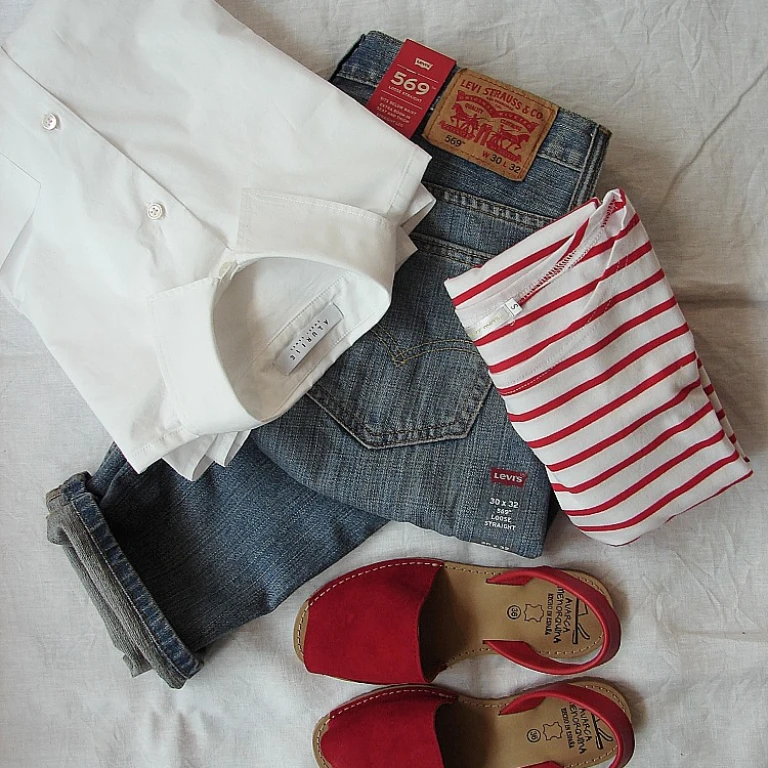
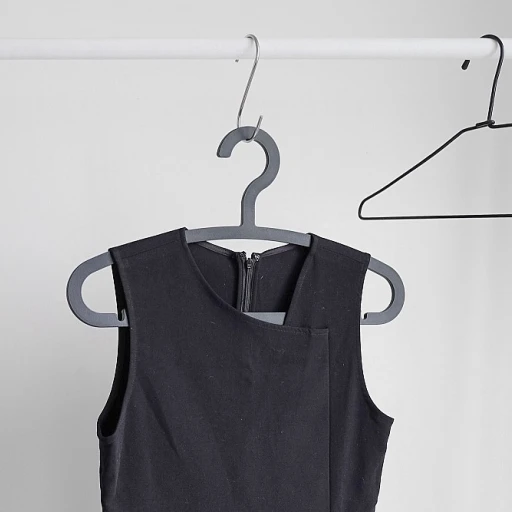

-large-teaser.webp)
